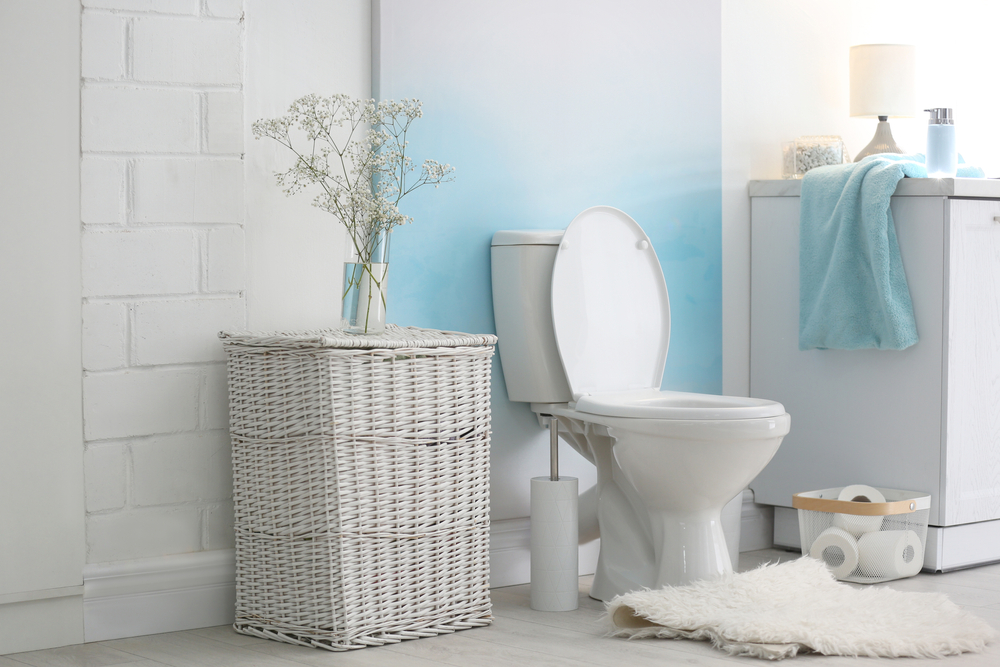How to Help an Elderly Person with Toileting
Category:

Caring for an elderly individual, be it a parent, grandparent, or client, often involves addressing some personal tasks that both parties might initially find uncomfortable. Among these tasks, assisting with toileting stands out due to its deeply personal nature. We understand the significance of preserving dignity and promoting independence. Here’s a quick step-by-step guide on how to help an elderly person with toileting, and keeping their dignity intact.
Understanding the Challenges: Why Seniors Need Bathroom Assistance
Many elderly individuals face various challenges that necessitate assistance during toileting. Some of these challenges include:
-
Balance and Coordination Issues: The aging process can lead to reduced balance, increasing the risk of falls in the bathroom.
-
Urinary or Bowel Incontinence: This is a common concern for many older adults, leading to unpredictability and urgency in toileting.
-
Poor Eyesight: Diminished vision can make it hard to navigate bathrooms, especially in low light.
-
Muscle Weakness: With age, muscles may not be as strong as they used to be, making it difficult to stand or sit without support.
-
Limited Flexibility: Decreased mobility can make movements, like sitting down or standing up, challenging.
-
Dizziness: A sudden change in position, like standing up quickly, can lead to dizziness due to issues like orthostatic hypotension.
How to Help an Elderly Person with Toileting
Step one: Talk to them first. They may have very specific needs that you may not be thinking of at the onset. Ask them directly what they need. This could also make them feel like they have more agency in decision-making.
Step two: Set a schedule. A toileting schedule for the elderly can be pretty helpful. Try to observe them to recognize their toilet schedule and take note of when accidents occur. You can guide them to the toilet first thing in the morning, every two hours during the day, immediately after meals, and just before bedtime.
Step three: Provide accessible clothing. Some older adults may have difficulties unbuttoning clothing before using a toilet. For example, pants with elastic waistbands are easier to remove and use in the bathroom.
Step four: Walk to the bathroom. Let them walk at their own pace. If they have trouble walking, stay at their side to assist them. You may want to look into getting assistive devices to help them be more independent as well.
Step five: Communicate with them. As you guide them to the bathroom, simply give them information. Once they’re near the toilet, instruct them to slowly turn around, and you may even need to remind them that the toilet seat is right behind them.
Step six: Guide them to the toilet. Have them place their hands on your forearms before slowly setting them down on the seat. Bend your knees as you lower them. If they use a walker, make sure they don’t hold onto it while sitting down or standing up, as it could tip over.
Step seven: Wipe properly. To ensure the safety of both parties, it is vital a caregiver must know how to wipe an elderly person on the toilet. If they are unable to clean themselves, be sure to help them stand in an accessible position. Clean them with toilet paper, followed by dry or wet wipes if necessary. For some older adults, be sure to wipe front to back to avoid infections.
Download Our FREE Bath Safety Guide
Safety First: Six Suggestions for a Senior-Friendly Bathroom
As our loved ones age, it is crucial to motivate them to remain self-sufficient as much as possible. To ensure their safety while maintaining their independence, it is important to create a secure environment. Here are some adjustments to consider:
- Enhanced Lighting: Ensure that the path to and the bathroom itself are well-lit to prevent falls and mishaps.
- Installation of Grab Bars and Safety Rails: These fixtures provide support and stability, helping to prevent falls.
- Accessible Supplies: Arrange essentials like toilet paper and soap within easy reach to facilitate independent use.
- Non-Slip Mats: Replace throw rugs with non-slip mats to reduce the risk of slipping.
- Raised Toilet Seat: Opt for ADA-compliant toilet seats, which are equipped with tool-free removable arms and feature a seat that rises 17-18 inches higher than standard seats, facilitating easier use.
- Emergency Alert System: Installing a help button or providing a medical alert bracelet or necklace offers an added layer of safety.
Subscribe
Date: September 21, 2023
Category:


